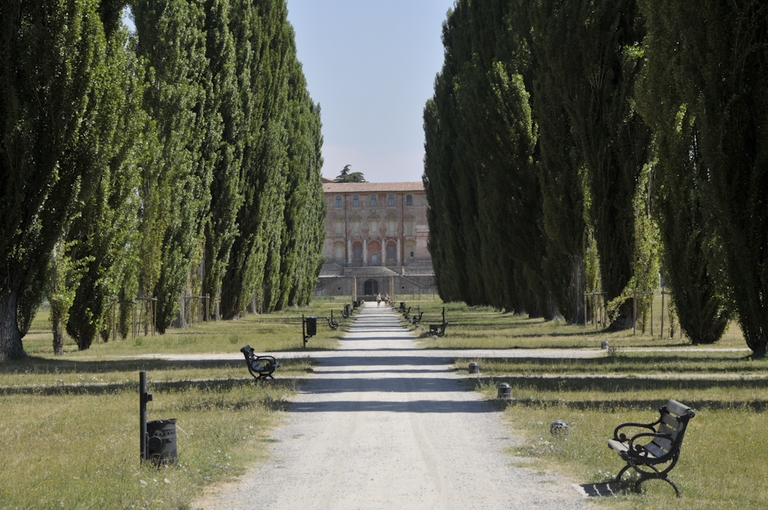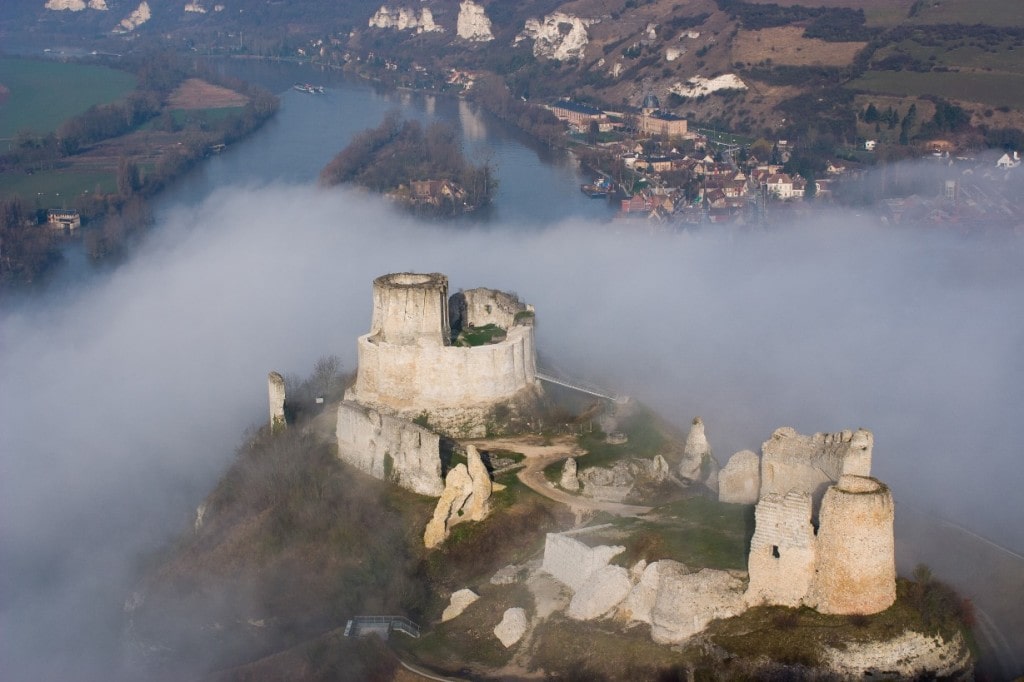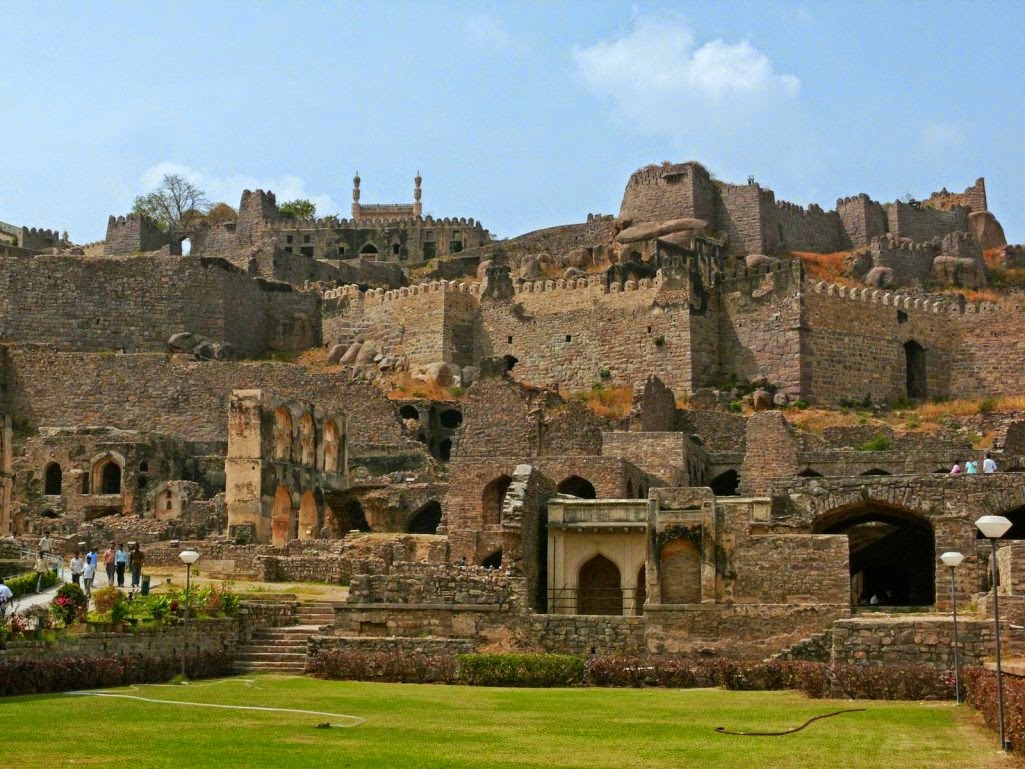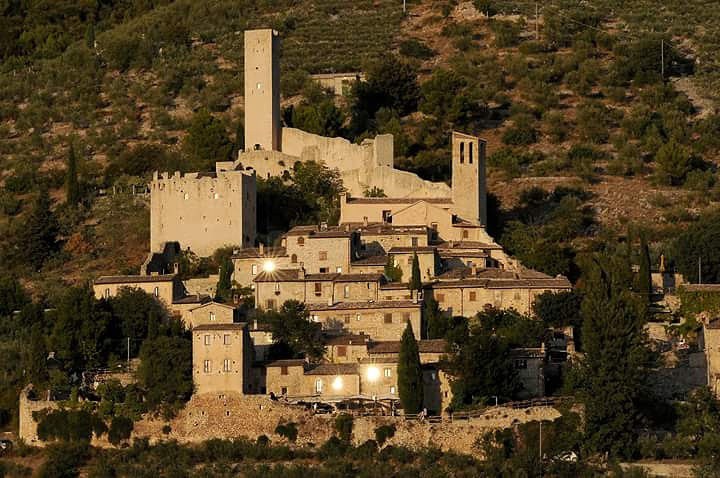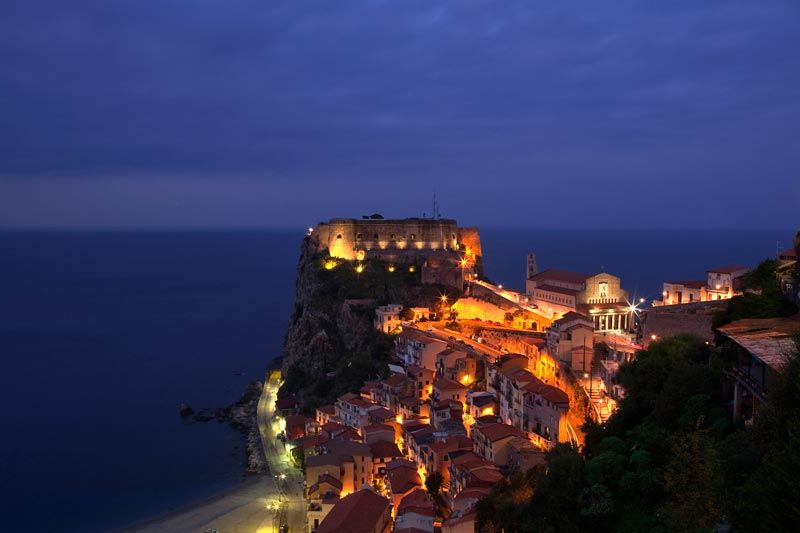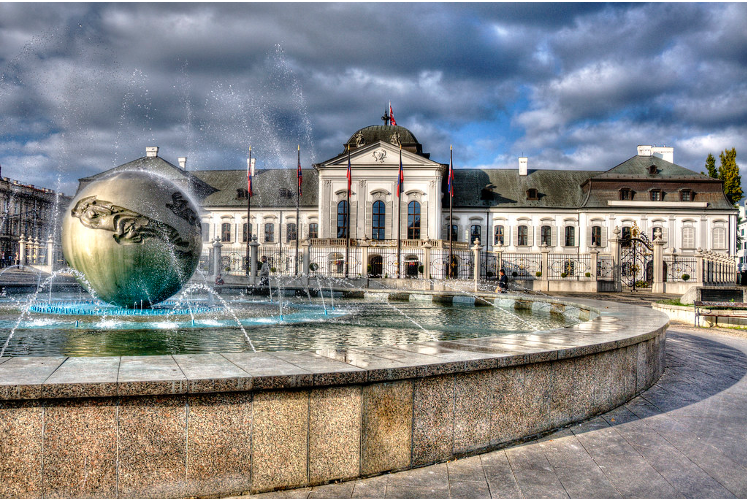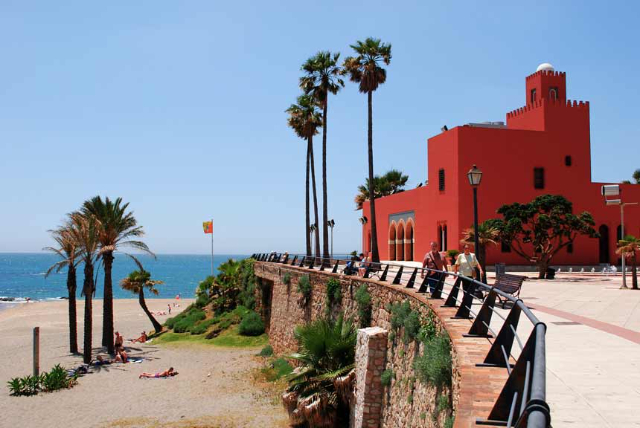Its current appearance took shape at the behest of Duke Francesco I d’Este, who in 1634 commissioned the architect Bartolomeo Avanzini to transform the ancient family castle into a modern suburban residence for the court. Wall paintings, stucco decorations, sculptures and fountains still convey the sense of this "delight" that had long remained on the margins of public knowledge and attendance. After many years of military administration and complex restoration work, in 2004 the Palace was finally handed over to the Ministry of Cultural Heritage and Activities and Tourism.
The origins of the building are lost in legend and probably date back to the time of Matilde di Canossa. In the thirteenth century is documented as a feud of the family Della Rosa, until the conquest of the Este (1373): it will be the Marquis of Ferrara (later Duke) Borso d’Este to promote the early works of conversion of the fortified manor in the court residence, of which we remember the lost frescoes commissioned to Agnolo and Bartolomeo degli Erri. Throughout the sixteenth century, following an exchange of territories, the building was the domain of the Pio di Carpi family and artists such as Nicolò dell’Abate (in the lost Appartamento di Orlando) and Domenico Carnevali (whose frescoes in the Camera della Cancelleria survive) worked there. Once again in possession of the Este dukedom, which in the meantime had transferred its capital from Ferrara to Modena, the castle became a strategic location for the new policy promoted by Francesco I d’Este, who converted it into a baroque palace in parallel with the transformation of the Este castle in Modena into the colossal Ducal Palace of the city.
The team of artists called in by the duke completely reinterpreted the rooms in terms of opening up to the light and to the foothills: the corner towers were transformed into panoramic terraces and the inner courtyard into a scenographic space inhabited by the gigantic river goddess designed by Gian Lorenzo Bernini and Antonio Raggi, and open towards the town of Sassuolo through arches with three staggered fornices that give an illusion of symmetry to the new baroque facade of the building. Under the direction of the architect Avanzini and the scenographer Gaspare Vigarani, bizarre inventions were created such as the Peschiera (the "Fountain") adjacent to the square, and sculptors and plasterers such as Lattanzio Maschio, Luca Colombi, and Giovanni Lazzoni worked on the sculptures in the atrium, the Scalone d’onore, and the stuccoed Apartment. But it is the team of painters called by Francesco I to achieve the most complex and refined results. The double-height Salone delle Guardie (Hall of the Guards) is a superb illusionistic machine invented by two of the greatest Italian specialists, Agostino Mitelli and Angelo Michele Colonna, to celebrate the patronage of the Este family in the fields of arts, literature, music and historiography. The Galleria di Bacco is a unique environment, decorated by quadraturisti (Gian Giacomo Monti and Baldassarre Bianchi) and still life specialists (Pier Francesco and Carlo Cittadini) to host the exceptional cycle of stories of Bacchus frescoed by Jean Boulanger, the visionary court painter. In Sassuolo, Boulanger reached the pinnacle of his poetics, also decorating the Apartments of the Duke and Duchess with his classicist manner rich in French and Nordic echoes, in full symbiosis with the happy self-celebratory narrative of the Este residence.
The decline of the Palace began with its requisition during the Napoleonic era and then its sale to Count d’Armazit de Sahuguet d’Espagnac, a chapter that also marked the beginning of the dispersion on the market of its furnishings and collections (starting with the marbles of the "Alabaster Chamber" of Alfonso I d’Este, famous Renaissance masterpieces made by Antonio Lombardo for the Castle of Ferrara, then preserved for a long time in Sassuolo and today almost en bloc in the Hermitage Museum in St. Petersburg). In 1917 the palace became temporarily a barracks, then the headquarters of the Bellentani meat and sausage processing company. Returning to public hands, in 1941 it was used as the subsidiary headquarters of the historic Military Academy of Modena, until its recent handover to the Ministry of Cultural Heritage and Activities and Tourism.
